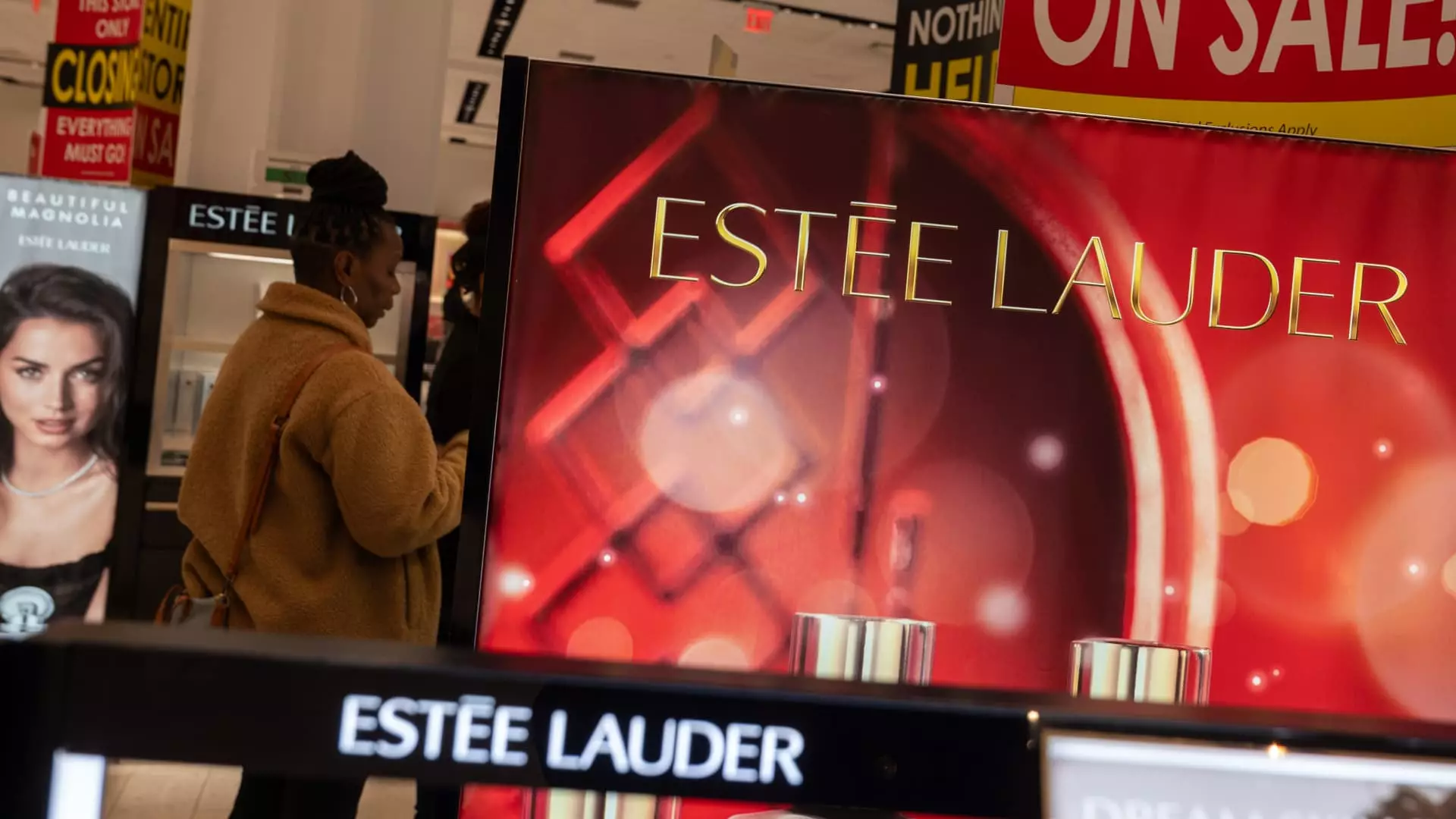This past week has proven tumultuous for the beauty industry, with several prominent stocks taking significant hits following lackluster earnings reports and grim forecasts. E.l.f. Beauty led the downturn, witnessing a staggering 29% plummet in share value—the worst week for the brand since August 2018. Despite demonstrating revenue that exceeded expectations during its fiscal third quarter, E.l.f. fell short of anticipated adjusted earnings per share, prompting the brand to revise its full-year sales guidance downward to a range between $1.3 billion and $1.31 billion, a drop from the previous projection of $1.32 billion to $1.34 billion.
In an interview with CNBC, E.l.f.’s CEO Tarang Amin discussed the broader trends affecting the cosmetics market, highlighting an overall decline of 5% in January. He attributed this downturn to a post-holiday slump and a waning consumer interest in online beauty products. Subsequent to the publication of E.l.f.’s disappointing results, major analysts—including Morgan Stanley, D.A. Davidson, and UBS—downgraded the stock to neutral or equal weight, predominantly influenced by the negative revisions in guidance.
Meanwhile, Estee Lauder also faced significant challenges, with its shares shrinking by 22% over the week—the most extensive setback since November. The company’s announcement of impending job cuts, ranging from 5,800 to 7,000 positions by the conclusion of fiscal 2026, compounded investor anxiety. The softening demand for travel retail in Asia was identified as a factor threatening the company’s net sales for the third quarter. CEO Stéphane de La Faverie reflected on these challenges, asserting a need for revitalization and agility in capitalizing on growth opportunities.
Broader Industry Impact and Market Reactions
The ripple effects of these struggles extended to others in the sector; Ulta Beauty and Coty experienced declines of 9% and nearly 8%, respectively. With Ulta facing its worst week since April and Coty its worst since October, investor sentiment in the beauty sector appears increasingly fragile. On E.l.f. Beauty’s recent earnings call, Amin pointed out a noticeable decline in performance at Ulta in January, highlighting the interconnected nature of beauty retail and the shifting consumer climate.
The sector’s vulnerabilities are further exacerbated by geopolitical tensions, including potential tariffs impacting profit margins. In a recent development, China announced tariffs on select U.S. imports, following the additional 10% tariffs imposed by President Trump. Given that E.l.f. manufactures approximately 80% of its products in China, the uncertainty around tariffs poses a significant challenge to maintaining profitability. However, Amin expressed relief at the lower-than-anticipated 10% tariff rate, which could have escalated to as high as 60%.
As the beauty industry navigates these turbulent waters, stakeholders will be closely monitoring consumer behavior and potential recovery strategies. With rising costs and shifting market dynamics, companies must adapt swiftly to the evolving landscape or risk further destabilization. The focus now turns to leadership and innovation, where agility and responsiveness could determine the future success of these beauty brands in a highly competitive marketplace.

